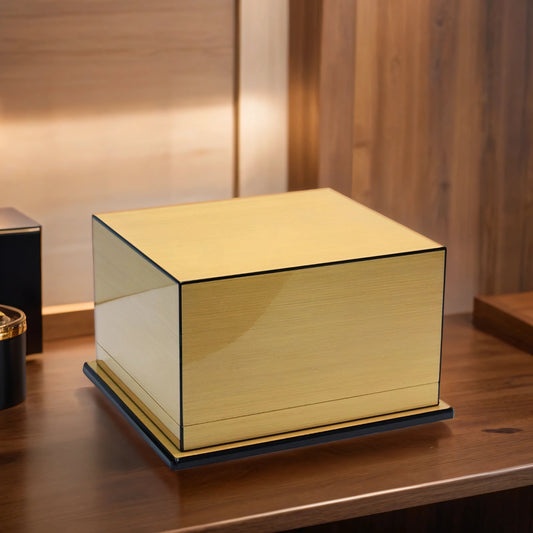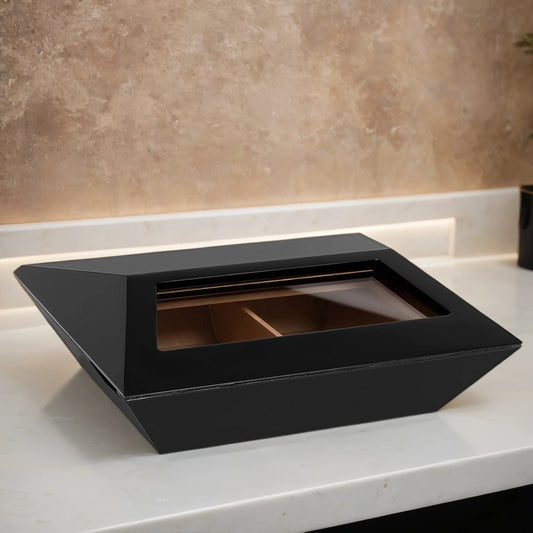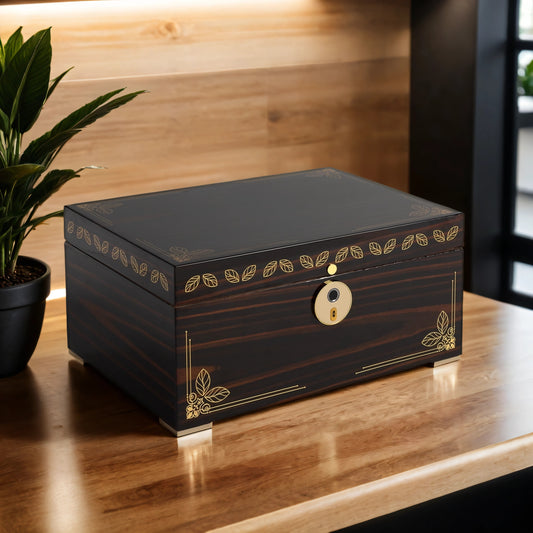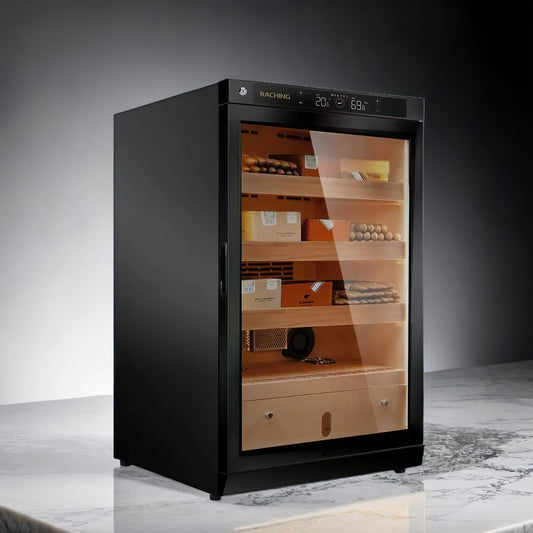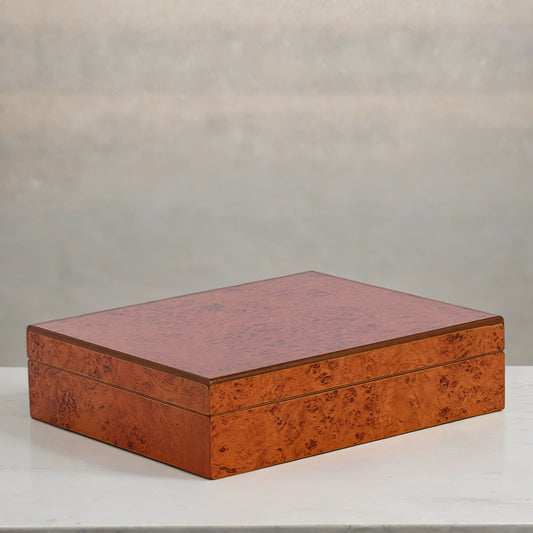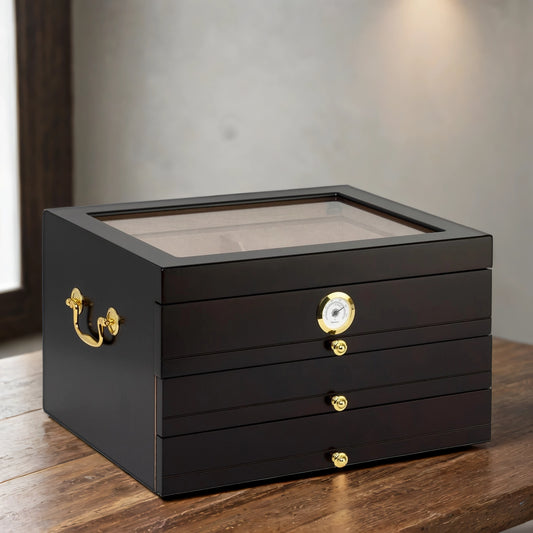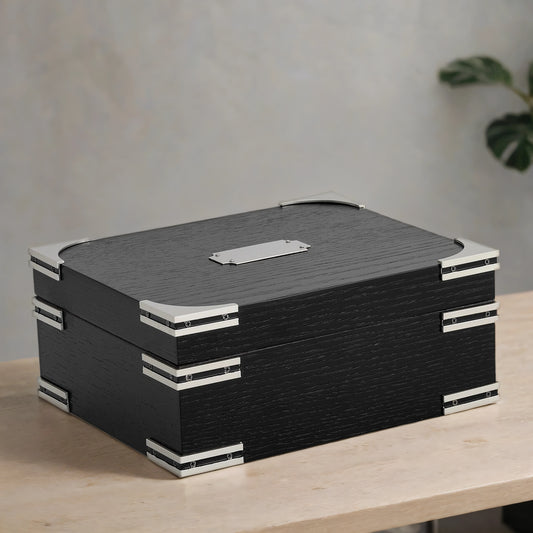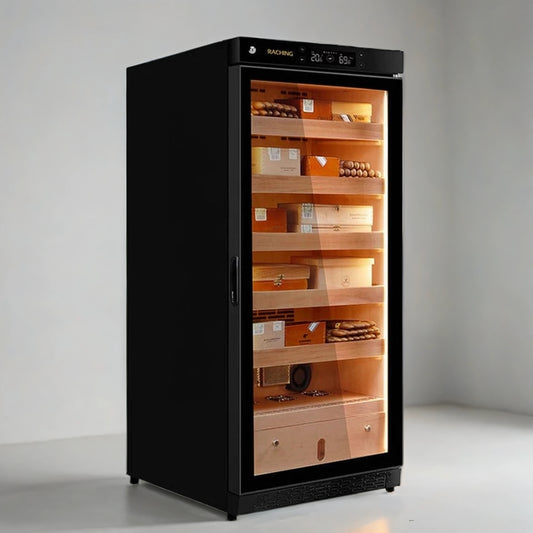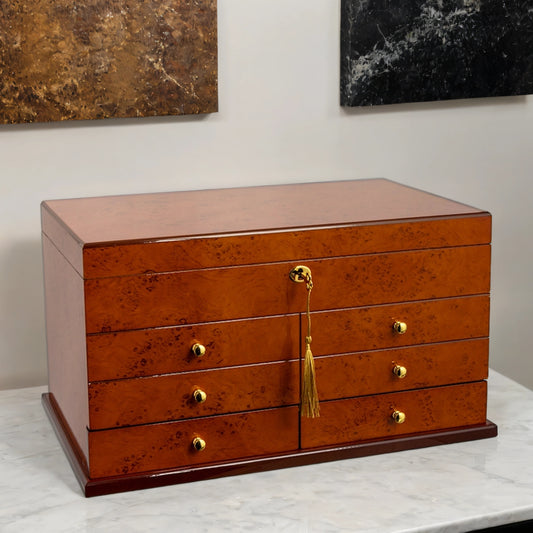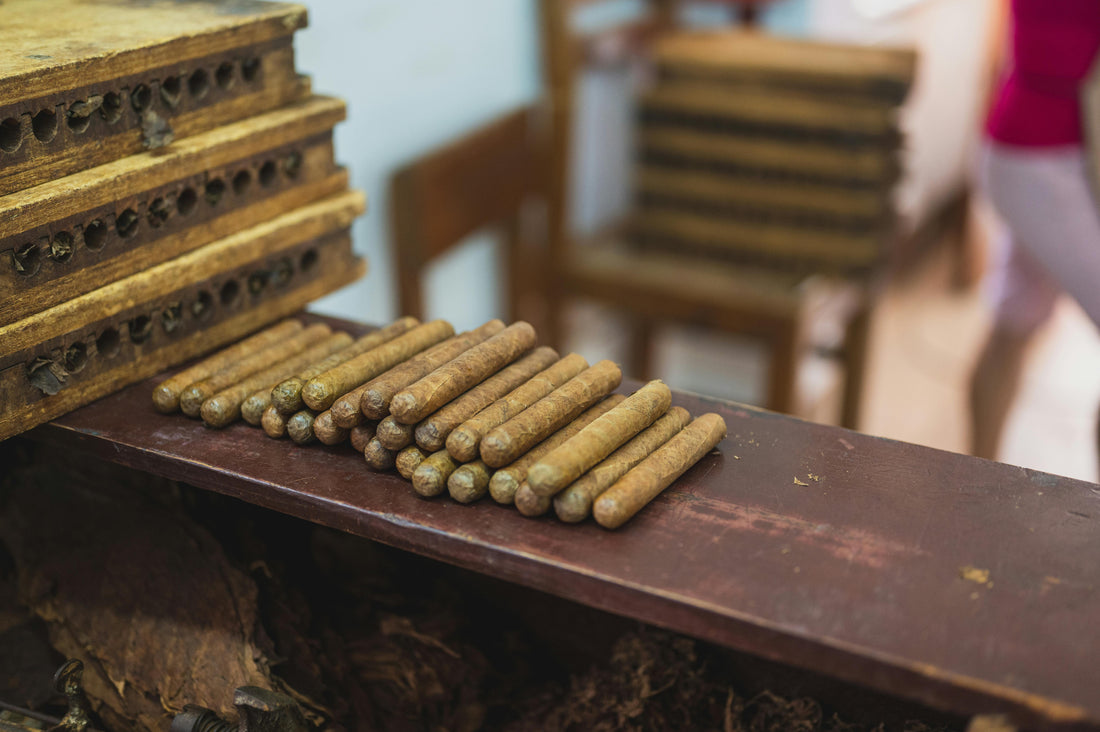
15 Surprising Cigar Facts and Trivia Every Smoker Should Know
You might think cigars are all smoke and no secrets, but behind the wrapper lies a world of strange history, quirky habits, and surprising science. Whether you're trying to win a bar bet, hold your own at the lounge, or just enjoy some cigar trivia for kicks, here are 15 facts about cigars that go way beyond the band. Set your cigar ashtray down beside you, sink into your favorite recliner, and let’s dive in.
1. Cigars Were Once Used as Currency
Long before the days of PayPal and electric humidors, cigars were occasionally used to settle debts in parts of the Caribbean and Central America. They weren’t legal tender, but they were valuable enough to trade for goods and services. That’s how much people respected a good smoke.
This practice was especially common in regions where tobacco farming was a major economic driver. In rural areas, a handful of cigars could cover meals, tools, or even services like barbers or blacksmiths. It speaks to the craftsmanship and desirability of cigars as more than just indulgence.

2. Winston Churchill Smoked Roughly 10 Cigars a Day
Churchill’s name is now synonymous with one of the most famous cigar sizes, but the man himself smoked a serious quantity, up to ten cigars per day. His preference for large, full-bodied cigars helped define his signature image. He even had custom cigar holders to keep smoking through gas masks during wartime.
His cigar habit became part of his political persona. There are photos of Winston Churchill at major wartime meetings with a cigar in hand, as if it were an extension of his strategy. The Churchill cigar size was named in his honor, typically measuring around seven inches long with a 47 ring gauge.
3. Aged Cigars Are Like Fine Wine
A properly aged cigar develops deeper, more balanced flavors over time. Much like wine, aging mellows harsh notes and lets the oils in the tobacco settle. Some premium cigars are aged for five years or more before hitting the shelf, and aficionados often age them even longer at home.
Ideal aging conditions include a consistent 70 percent humidity and 70 degrees Fahrenheit in a properly seasoned humidor. Some smokers even separate cigars by age, rotating their collection to let certain sticks rest longer. Over time, the flavors marry and evolve into something more complex.
4. Tobacco Beetles Are a Real Thing
Yes, there are bugs that eat cigars. Tobacco beetles are tiny pests that can chew right through your prized stogies. They hatch if your humidor gets too warm, usually above 72 degrees Fahrenheit. If you’ve ever seen a mysterious hole in your cigar, a beetle may be to blame.
The best defense is prevention. Keeping your humidor below 70 degrees and using quality humidity control packs helps avoid infestations. If beetles do appear, you’ll need to freeze your cigars to kill the larvae, which comes with its own risks to flavor and structure.
5. The World’s Most Expensive Cigar Costs Over $1,000 Each
The Gurkha Royal Courtesan sells for more than a grand per cigar. Hand-rolled by a single torcedor blindfolded for maximum sensory concentration, it’s infused with Louis XIII Cognac and wrapped in gold leaf. This is less of a cigar and more of a flex.
While most cigar lovers will never buy one, cigars like these serve a marketing purpose. They showcase the luxury potential of the hobby and act as limited-edition pieces that collectors and celebrities sometimes chase down just to say they tried it.

6. Some Countries Still Ban Cigar Imports
Cuban cigars might be legendary, but they’re still restricted or banned in certain places. The U.S. trade embargo kept Cuban cigars off the legal market for decades. While rules have eased over time, importing them commercially is still prohibited under most conditions.
Travelers were briefly allowed to bring back small quantities for personal use, but even that has fluctuated with changing administrations. Meanwhile, Cuba’s cigars maintain their mystique, partly because of the ongoing legal restrictions that prevent wide access in the United States.
7. Cigar Wrappers Impact Flavor More Than You Think
The wrapper isn’t just for show. It can contribute up to 60 percent of the cigar’s flavor profile. That’s why terms like Connecticut, Maduro, and Habano actually matter. Lighter wrappers tend to offer a creamy, mellow smoke, while darker ones usually bring richer, bolder flavors.
Experienced smokers often select cigars based on the wrapper alone. Even when the filler blend stays the same, changing the wrapper type can dramatically alter the smoking experience. For those learning their preferences, paying attention to wrapper types is a good place to start.
8. There Are Over 70 Known Cigar Shapes
While most people recognize the classic parejo or torpedo, there are dozens of named cigar shapes, each with unique sizes, ring gauges, and tips. Some are made for marketing flair, others for altering draw and combustion. It’s geometry for grown-ups.
Brands sometimes invent custom vitolas for specific blends. These shapes can affect how slowly a cigar burns or how smoke channels through the leaf. It’s not just about looks, either. Some shapes are engineered to create flavor shifts as the cigar progresses.
9. Not All Tobacco Is Created Equal
Cigars typically use three types of tobacco leaves: filler, binder, and wrapper. Each is grown and cured differently for specific roles. Some premium cigars even blend multiple countries’ tobacco in one stick, which is kind of like a world tour in smoke form.
Filler leaves drive the core flavor, the binder keeps the shape, and the wrapper adds both flavor and aesthetics. The best cigars use long filler, while lower-quality options might use chopped tobacco. Knowing this helps explain price differences and why some cigars burn better than others.

10. Fidel Castro Had a Cigar Roller on Standby
The former Cuban leader reportedly had personal cigar rollers who would prepare his daily smokes. For years, he preferred the Cohiba Lancero, which became one of Cuba’s most iconic cigars. Eventually, he gave up cigars entirely, but not before making them famous.
The Cohiba brand, originally created for Cuban diplomats and Castro himself, went on to become the most recognized Cuban cigar line worldwide. It also became a prime example of Cuba’s dedication to handcrafted, high-quality production.
11. There’s a Right Way to Ash a Cigar
Contrary to Hollywood, you shouldn’t tap your cigar like a cigarette. A longer ash helps keep the burn steady and protects the ember. Let the ash fall naturally, or gently roll it off after about an inch builds up. Flicking it aggressively is a rookie move.
A well-formed ash also helps regulate temperature, which can impact flavor. Constant ashing can cause your cigar to burn too fast and unevenly. So if you want that perfect cone-shaped burn, let the ash do its job.
12. The Word “Cigar” Comes from the Mayan “Sikar”
Long before modern brands, the Mayans were smoking rolled tobacco leaves and calling it “sikar.” Spanish colonizers adapted the word to “cigarro,” and eventually it became “cigar.” So technically, cigar trivia goes back over a thousand years.
The Mayans used tobacco for ceremonial and medicinal purposes. Their smoking tools and traditions were eventually adopted by explorers who brought the concept to Europe, where cigars evolved into what we know today.

13. The Largest Cigar Ever Made Was Over 19 Feet Long
Built in 2011 by Gran Habano in Florida, the cigar weighed over 1,600 pounds and measured nearly 20 feet. It wasn’t made to be smoked, but it earned a spot in cigar history as a monument to excess and craftsmanship.
The cigar took over two weeks to complete and was rolled by multiple master torcedores. Though not functional, it remains a testament to the craftsmanship and obsession that defines the cigar world.
14. Cigar Smoking Isn’t About Inhaling
Unlike cigarettes, cigars are meant to be puffed, not inhaled. The flavor comes from the smoke rolling over your palate, not from drawing it into your lungs. Inhaling can lead to a harsh, unpleasant experience and it’s not what premium cigars are made for.
Many beginner smokers instinctively inhale and then wonder why the experience feels harsh. A good cigar is enjoyed slowly, allowing the taste to linger in the mouth. Learning to retrohale, where smoke passes through the nose, can enhance flavor without inhalation.
15. Cigars Once Had Their Own Trading Cards
In the 19th century, cigar boxes came with collectible cards inside, much like baseball cards later did with gum. These cigar cards often featured flags, famous people, or idealized artwork and are now valuable pieces of Americana.
Today, original cigar cards are considered vintage collectibles and sometimes fetch high prices at auctions. They offer a glimpse into cigar advertising’s golden age, when even the packaging was designed to be memorable.
Final Thoughts
Cigars have been smoked, traded, and mythologized for centuries. Whether it’s Churchill’s daily habit or a beetle threatening your humidor, there’s always something new to learn. These cigar facts prove the hobby is steeped in tradition, eccentricity, and more than a little mystery.
So the next time someone asks if cigars are just rolled-up tobacco, hit them with some trivia. You’ve got the knowledge. Now all you need is a cutter and a match.

